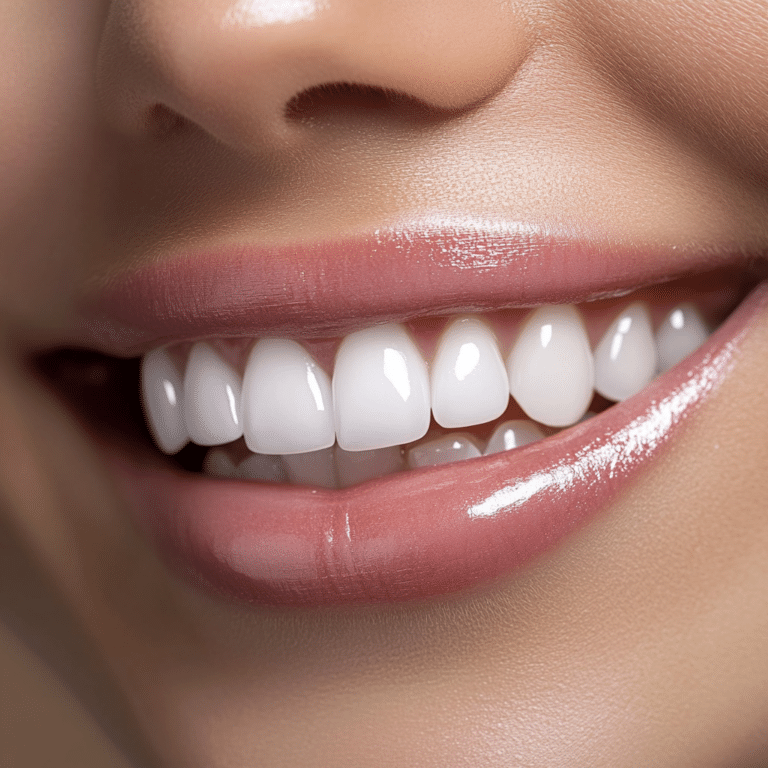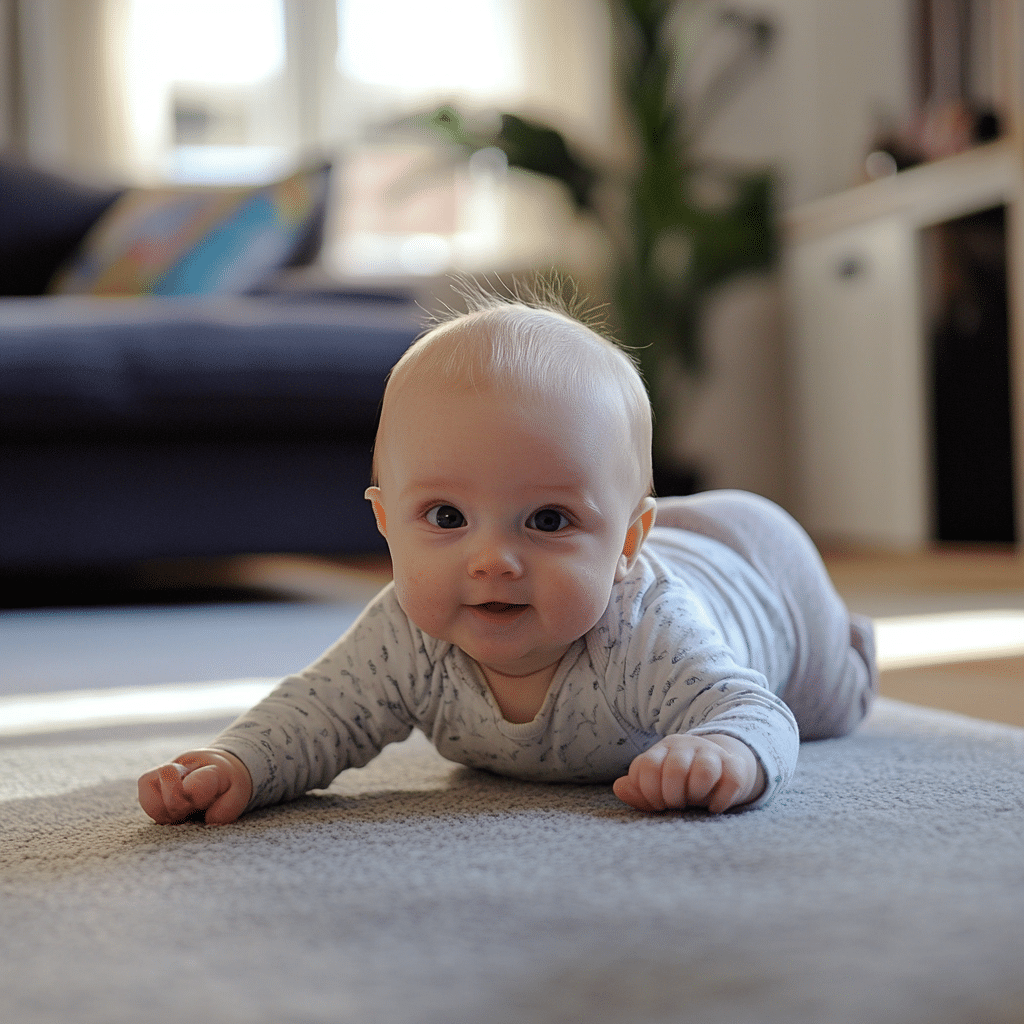Let’s talk about one of the most underrated fitness tools out there: the balance board. If you want to get shredded and build muscle, balance boards are a game-changer. They’re no longer just fancy toys; they’re essential for anyone serious about fitness. Whether you’re crushing it in the gym or just looking to improve your everyday movements, a balance board can boost your balance and strength. Plus, it’s a fun, challenging way to spice up your workouts! Are you ready? Let’s dive into the benefits and secrets of utilizing balance boards to maximize your strength and stability.
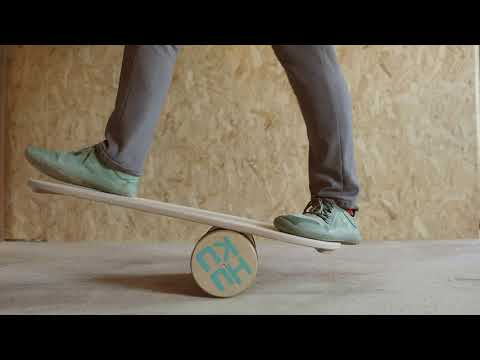
Exploring the Benefits of Balance Board Training
Balance boards have made their way into the spotlight, and for a good reason. These versatile tools not only serve as an amusing way to exercise but are vital for anyone aiming for fitness excellence. They engage your core, enhance stability, and improve your overall strength, making them perfect for athletes and casual exercisers alike. Research from the Journal of Sports Science & Medicine shows that individuals who incorporate balance board training report significant improvements in proprioception, coordination, and functional strength. These boards create a multi-dimensional workout experience, helping you adapt your routine for different fitness levels.
Incorporating a balance board into your workouts enhances your muscle engagement, especially in the core and lower body. You won’t just look good; you’ll feel great too! By stimulating your body’s natural balance responses, you’re paving the way for better performance in your daily tasks and workouts. Whether you’re looking to prevent falls, enhance your coordination, or boost your muscle strength, balance boards deliver results.
Don’t underestimate the mental aspects of balance training either! It’s proven that engaging in these exercises can also improve cognitive function. Yes, balancing on a board helps your brain just as much as it helps your body. It’s like a workout for both your muscles and your mind, making you sharper and more aware of your movements. Being one of those people that embrace challenges, balance board training beckons to those who are ready to push their limits!
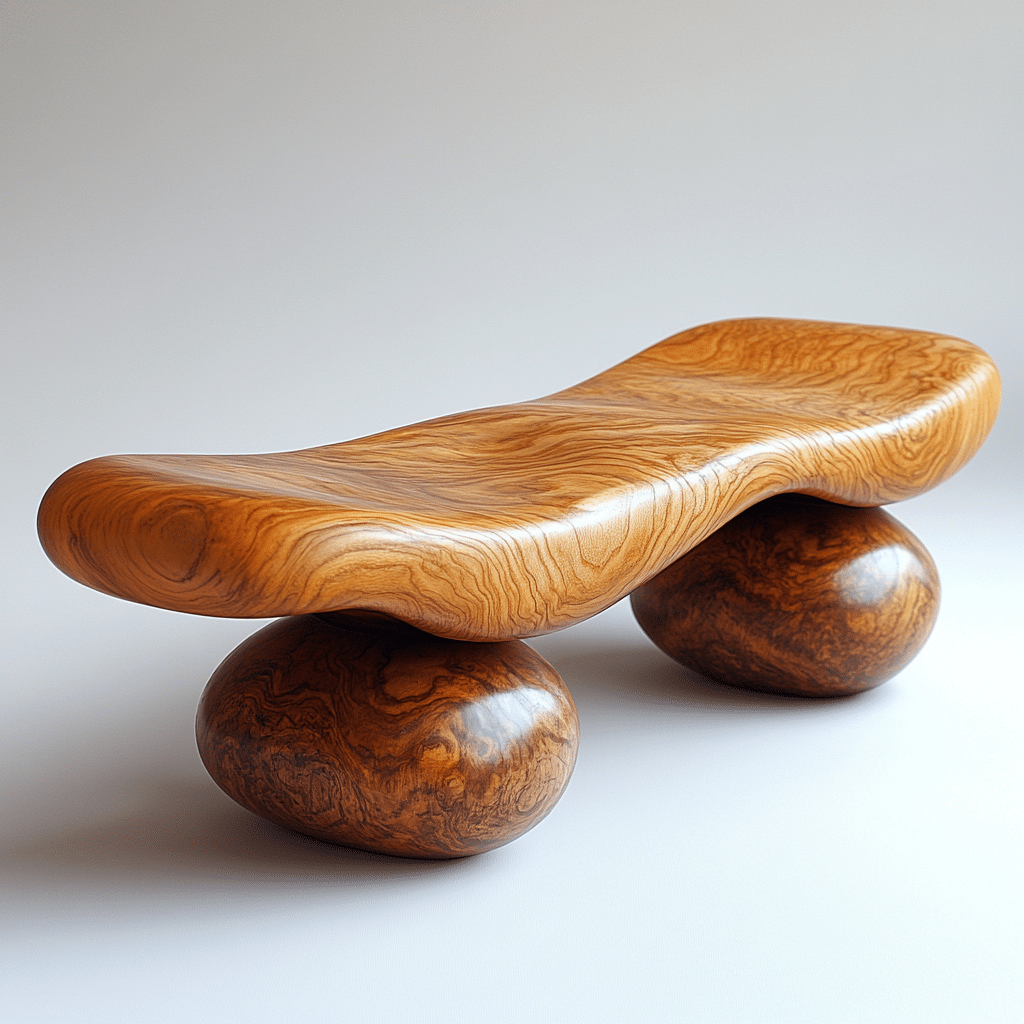
Top 7 Balance Board Secrets for Strength and Stability
Ready to unleash the full potential of your balance board? Here are seven effective techniques that will ramp up your training and take your strength and stability to the next level.
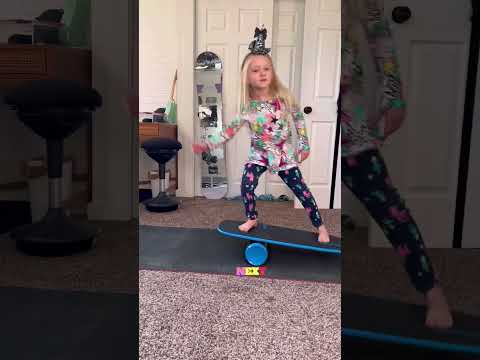
1. Engage Your Core with Specific Exercises
One of the best ways to engage your core on a balance board is through the plank. Not only do you target your shoulder and arm muscles, but you also significantly activate those core stabilizers. With boards like the Balanz Board, you can explore various plank variations. The instability of the surface forces your core to kick into action, delivering serious strength benefits.
2. Incorporate Single-Leg Exercises for Greater Challenge
If you’re looking to challenge yourself even more, single-leg balancing exercises on a balance board will be your best friend. For instance, the Single-Leg Deadlift on a wobble board can be a tough workout. Brands like the Wobble Board are specifically designed to accommodate these exercises, enhancing balance and strength in each leg individually.
3. Add Resistance for Enhanced Strength Training
Why not take it a step further? Combine balance training with resistance workouts. For example, using resistance bands with boards like the Revolution Balance Board will elevate muscle engagement while enhancing your core stability and strength. This combination not only amplifies your gains but also keeps your workouts dynamic.
4. Focus on Functional Movements
You can’t ignore the importance of functional movements! Integrate exercises like squats or lunges on a balance board to mimic real-world challenges. This method does wonders for your balance and overall functional strength. Physiotherapists like Dr. Matt Williams emphasize that movements like these help improve performance in daily activities.
5. Utilize Dynamic Movements to Raise the Intensity
Looking for that extra challenge? Try dynamic activities such as push-ups or jumping jacks on your balance board. Boards like the StrongBoard Balance provide an unstable platform that will boost your heart rate while targeting multiple muscle groups in innovative ways.
6. Incorporate Recovery and Flexibility Routine
After an intense workout, consider using a balance board for recovery. Engage in gentle movements to promote flexibility and ease muscle tightness. Tools like the Airex Balance Pad are often used in physical therapy for restorative exercises that help you recover without sacrificing your balance training.
7. Set Goals and Track Progress
Setting measurable goals is crucial. Assessing your balance ability not only keeps you motivated but also helps you track improvement over time. Consider using tools like the Balance Error Scoring System (BESS) to keep a close eye on your progress and ensure your balance board training remains effective.
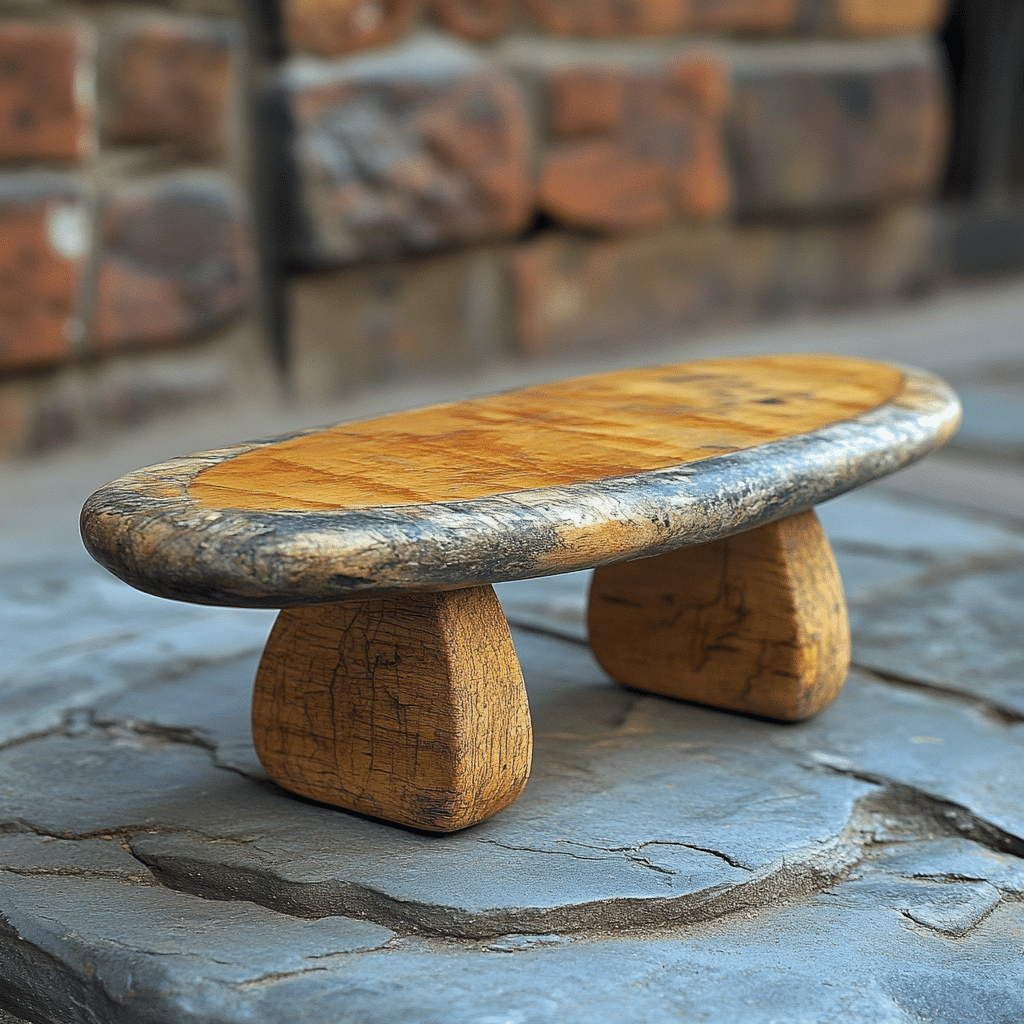
Innovative Techniques for Maximizing Results
Integrating your balance board training with technology can take your workouts to the next level. Several modern boards, such as the Smart Board by Ziva, offer real-time feedback and analytics to fine-tune your strength and balance strategies. This level of engagement makes your training experience highly interactive and beneficial.
Don’t forget the power of community! Join local gyms or online platforms where you can participate in group workouts. Engaging with others who share similar fitness goals can offer motivation and enhance your overall experience. Programs and classes that focus on balance training can introduce you to new exercises and techniques.
Balancing strength and stability isn’t just a workout; it’s a journey toward overall wellness. Balance boards are versatile tools that can promote better health, functional strength, and coordination through innovative approaches and exercises. By exploring these secrets and truly incorporating balance boards into your fitness routine, you not only amp up your workouts but elevate your understanding of movement.
So, whether you’re rehabilitating from an injury, training for a competitive sport, or simply wanting to boost your fitness routine, let the balance board be your trusted ally. It’s time to embrace the challenge and soar toward your goals—you’ve got this!
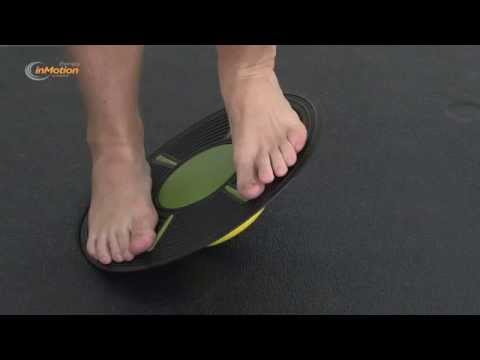
Discovering the Balance Board: Fun Facts and Trivia
The Dynamic Design of Balance Boards
Did you know that balance boards were first popularized by surfers looking to stay fit on land? They serve as a fantastic tool for improving core strength, agility, and stability, making them a favorite among athletes in various fields. Like Lake Bell, who embodies versatility in her roles, balance boards offer diverse workouts, adapting to your needs. Speaking of adaptations, the evolution of balance boards reflects a true blend of creativity and functionality—similar to the innovation seen in films like Altered Carbon Season 3, where technology and bodies merge for optimum performance.
Strength and Celebrity Connection
Just as Motley Crue members have honed their craft over decades, using a balance board can also help build incredible strength over time. Strength training doesn’t always require traditional weights; just ask athletes who incorporate balance boards into their routines for added resistance. You’d be amazed to learn that even celebrities like Young Gordon Ramsay have embraced these tools for fitness. Balance training not only engages your core but can also challenge your mind, helping you develop better coordination—something we see in films where cast members have to master intricate stunts, much like the performers in The Day After Tomorrow.
Holistic Benefits Beyond Strength
The benefits of balance boards transcend physical gains. For instance, scientists have linked balance training to improved mood and brain health. You may find this surprising, but it’s similar to the way 90’s black movies often reflect strong themes of community and resilience. Moreover, using a balance board engages your body in a manner similar to Something God Made, where there’s a beautiful interplay of skill and instinct. Balancing regularly can yield remarkable results—much like the precision found in the mechanics of a Zenith El Primero watch, where timing and accuracy are key.
In using balance boards, you’re not just getting a workout; you’re embarking on an engaging journey that builds strength, coordination, and wellness—all while having a blast. So, whether you’re just starting or already an exercise aficionado, adding balance board workouts to your routine might just be the secret ingredient you’re missing!
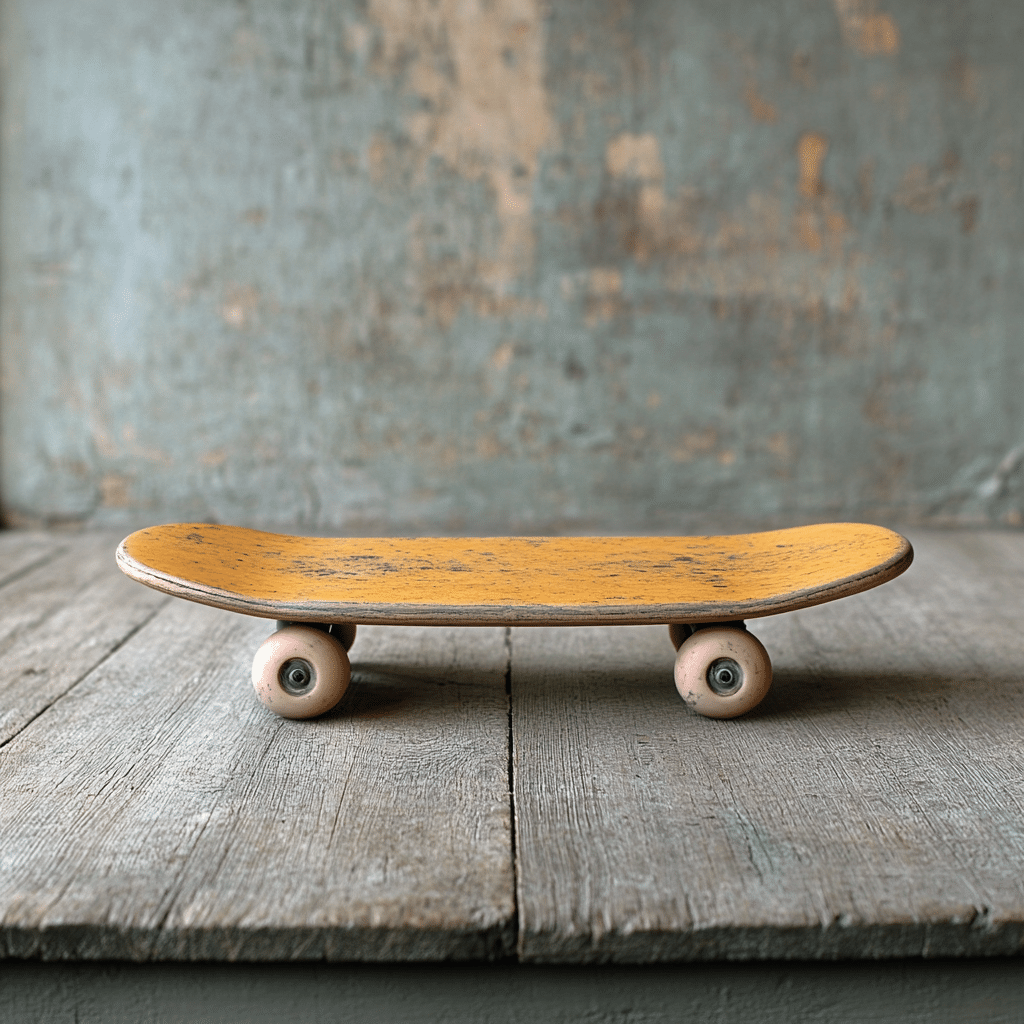
What does a balance board do for you?
Balance boards help improve your overall balance, coordination, and core strength. They’re great for rehabilitation, preventing injuries, and can even boost your brain function, making them a fun and effective fitness tool.
Which is better, a balance board or a wobble board?
Wobble boards tend to offer more freedom of motion than regular balance boards since you can keep your feet in place while working on your balance. They can be a bit trickier to use, but that’s really the idea—challenging yourself helps improve your skills.
Is a GI board worth it?
A GiBoard can be a fun option if you’re into slacklining. It’s designed for a wide range of users and is suitable for family exercise, so it’s definitely worth considering if you’re looking to mix things up in your fitness routine.
How long should you stand on a balance board?
For beginners, starting with 5-10 minutes on a balance board a few times a week is a solid way to get used to this kind of exercise. Gradually increasing your time as you feel more comfortable can help improve your balance without overdoing it.
What are the disadvantages of a balance board?
Some folks find that balance boards can be a bit challenging, especially if you’re just starting out. They might take some getting used to, and if you’re not careful, there’s a risk of falling or straining yourself, so it’s good to start slow.
Does a balance board tone legs?
Balance boards can definitely help tone your legs. By working on your stability and balance, you’re engaging different muscle groups in your legs, which can lead to better muscle tone over time.
Should you wear shoes on a balance board?
It’s often suggested to go barefoot on a balance board for better grip and flexibility, but if you’re more comfortable wearing shoes, that’s fine too. Just make sure they’re not too bulky, so you can really feel the movement.
How often should I use a balance board?
Using a balance board 2-3 times a week is a good frequency, especially if you’re starting out. As you build strength and confidence, you can increase how often you’re using it.
Do balance boards strengthen ankles?
Balance boards can be a great tool for strengthening your ankles. Regularly practicing on one can help with stability and reduce the risk of ankle sprains.
Are balance boards good for seniors?
Seniors can benefit from balance boards, as they can help improve balance and coordination, which may reduce the risk of falls. It’s best to start slow and choose an appropriate board for added stability.
What is the weight limit for GiBoard?
The weight limit for a GiBoard typically varies by model, so it’s important to check the manufacturer’s specifications. Most should accommodate a wide range of weights, but knowing the limit helps ensure safety.
When should you see a GI specialist?
If you’re experiencing ongoing joint issues or pain while using a balance board, it’s a good idea to consult a GI specialist. They can provide personalized advice and help you figure out any underlying issues.
What is the difference between a wobble board and a balance board?
A wobble board is a type of balance board that allows for a more dynamic range of motion, while traditional balance boards may have a more stable base. Both can be beneficial, but they offer slightly different experiences.
What a balance board does to the brain?
Using a balance board can engage your brain as it requires focus and coordination to maintain balance. This can help improve your overall cognitive function and make your workouts more engaging.
Do balance boards strengthen knees?
Balance boards can also help strengthen your knees as they promote better alignment and stability throughout your legs. By working on your balance, you’re indirectly supporting your knee health too.
What a balance board does to the brain?
Going barefoot is often recommended on balance boards, but if you prefer shoes and they feel comfortable while maintaining good grip, it’s just fine to wear them during your exercises.
Should you wear shoes on a balance board?
While balance boards don’t specifically target abs alone, they can help strengthen your core as you engage those muscles for stability, which might contribute to more defined abs over time.




